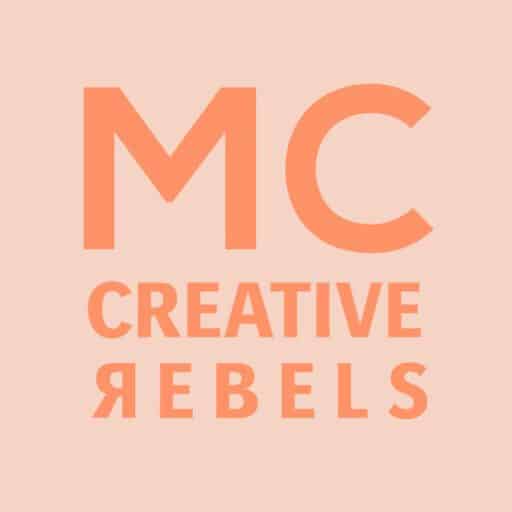Felting techniques – a brief overview
If you haven't noticed, let's write it here: we at Meaningful Crafts absolutely love wool and felting! So crazy that we have about 220 different colors of wool, in addition to 16 different types of undyed wool. And this is not even including our prefelts, felts, carding wool and so on… If felting is something that interests you, great because you're in the right place!
Here our aim is to give a quick overview of the different felting techniques. Keep following our inspiration page and instagram for more, we want to dig deeper into each technique and introduce artists and other inspiring people to this fascinating field as time goes on!
A brief history of felt…
According to Wikipedia, wool felt is considered the oldest known textile! Many cultures have legends about making felt. For example, Sumerian legend claims that the secret of felting was discovered by a Sumerian war hero. Another story tells the story of Saint Clemens and Saint Christopher. According to the story, the men filled their sandals with wool to prevent blisters as they fled from persecution. The movement and sweat together turned the wool into felt socks. This story is said to date somewhere between the years 250-350. True or not, there is reason to believe that the art of felting is an ancient art.
Source: https://nl.wikipedia.org/wiki/Vilt
Wet felting – an art form
What do you need:
- High quality wool
- water
- soap
- bubble wrap
- mat, towel, bowl, etc.
Wet felting is an art loved by people of all ages. To put it simply, wet felting is a process where you use wool, water and soap to make various skinned objects.
As the name suggests, wet felting can be very wet so the first thing you need is a surface that can hold some moisture such as a bucket, tray, towel etc.
Wet felting is an art form and there are several ways to do it. Simply put, to make a skinned square, place layers of quality wool on top of a bubble wrap so that the fibers align in the same direction. You take some more wool and put it on top of the first layer so that the fibers align in opposite directions. When you're happy with the thickness, spray hot soapy water on the wool and if you like, put a net or gauze over it to keep your patterns in place. Now the felting fun can begin and you rub the wool through the net or freely by hand to make the fibers tangle together. After about 5-10 minutes when you are satisfied and see that the fibers are intertwining you can carefully start rolling the project around the rolling item you are using such as bubble wrap, making a nice little roll.
Dry felting – 3D sculpture easy and fun
To describe this quick and dirty overview, you could describe dry felting as forming objects by piercing wool with the felting needle that contains small barbs. When you pierce, the barbs of the felting needle lock the fibers together to form the sculpted wool masterpiece you want to create. As with wet felting, there are many different techniques and tips for this. Keep an eye on our inspiration blog and Instagram for more inspiration and advice! You can also watch a video describing the dry felting process:
There will be a separate article for Nuno and Upwolfing techniques soon.


